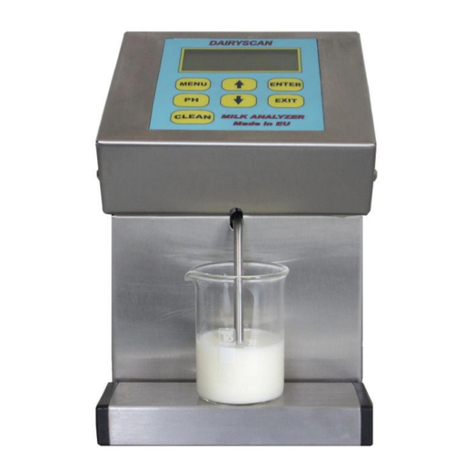
Page 6 MSI-5300 Load Ranger Electronic Wheel Load Weighers •User Guide
M E A S U R E M E N T S Y S T E M S I N T E R N A T I O N A L
3) Zero Offset – This numeric value indicates the weight that must be
internally subtracted to cause the scale to display zero weight with no
applied load. (If this number exceeds ±500 lbs. or ±250 kg with no
weight applied, the scale may require servicing).
4) CAL Number – This number represents an internally simulated weight
applied to the scale electronics. With no weight on the pad this number
should agree with the CAL Number stamped on the serial number plate
within plus or minus two scale divisions. (One scale division is the
scales smallest unit of resolution. For example, one scale division for a
20,000 x 20 lb. capacity scale is 20 lbs.).
DISPLAY FUNCTIONS
After the power-up self-test is complete the scale automatically zeroes so that a
weight reading of “00” will appear. In addition to displaying the weight reading
when the scale is loaded, three other conditions may be displayed:
1) Overrange Message:
If the weight applied to the scale exceeds its rated capacity by more than
approximately 4%, the message “EEEE” will flash on the display. For
example: 20,000 lb. (10,000 kg) capacity, the overrange threshold will
be approximately 20,800 lb. (10,400 kg).
2) Minus Sign:
A minus sign to the left of the weight reading indicates negative weight
relative to the actual weight applied to the scale the last time the zero
button was pushed. For example, a display reading of -1200 lbs.
indicates the current weight on the pad is 1200 lbs. less than the weight
on the scale the last time the Zero button was pushed.
3) Low Battery Message:
When the battery is approximately 90% discharged, a low battery tick in
the upper left corner of the display (just above the minus sign) will
begin to flash. The scale will continue to operate for 1 to 2 hours after
the tick begins to flash, after which the scale will automatically turn off
to prevent scale error and battery damage due to excessive discharge.




























